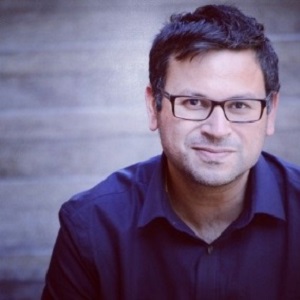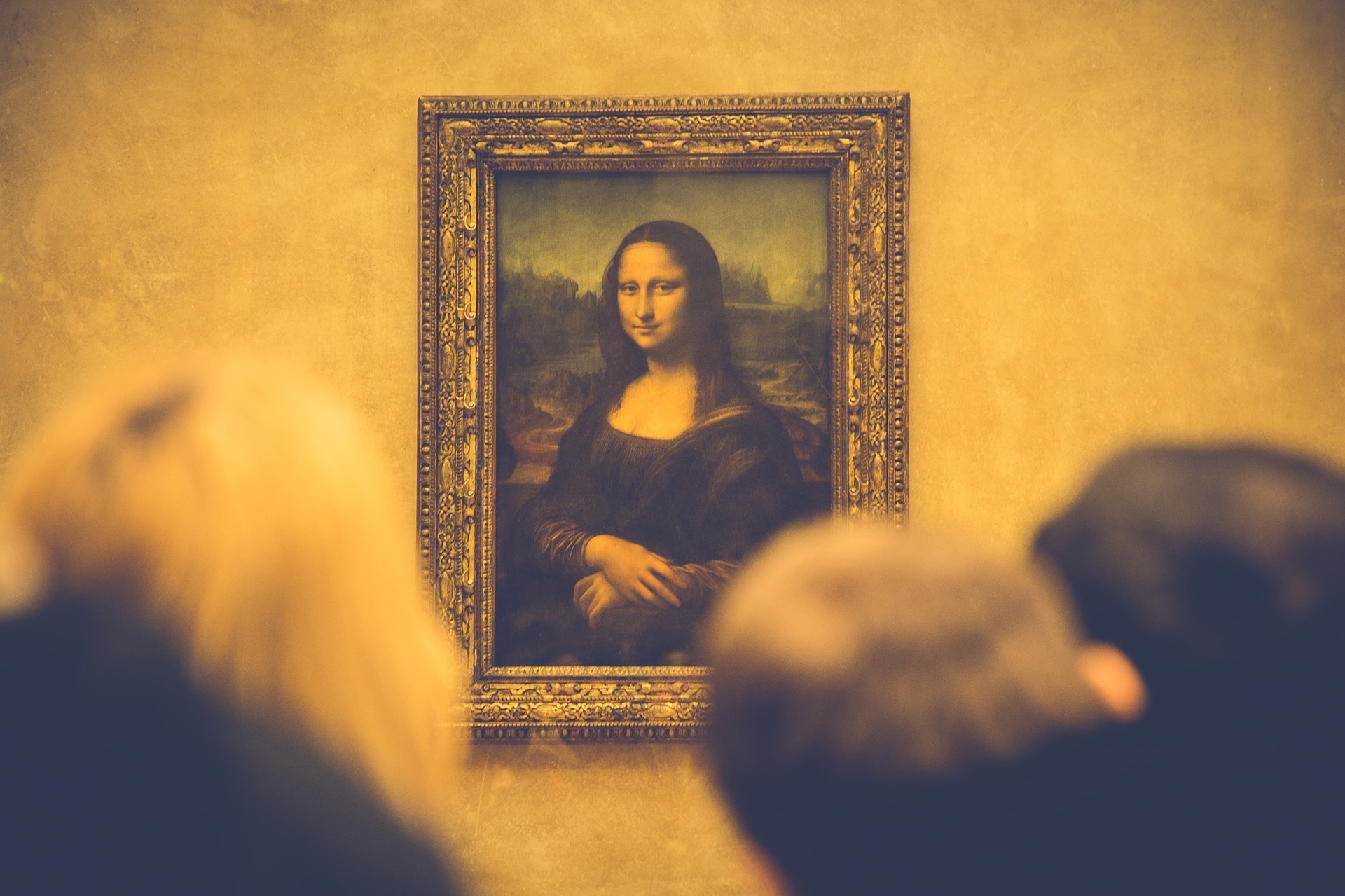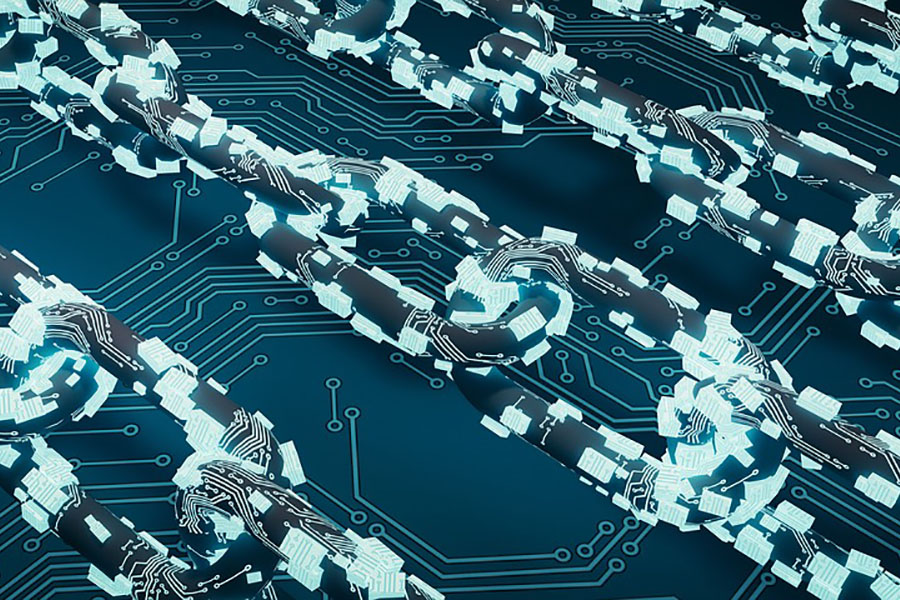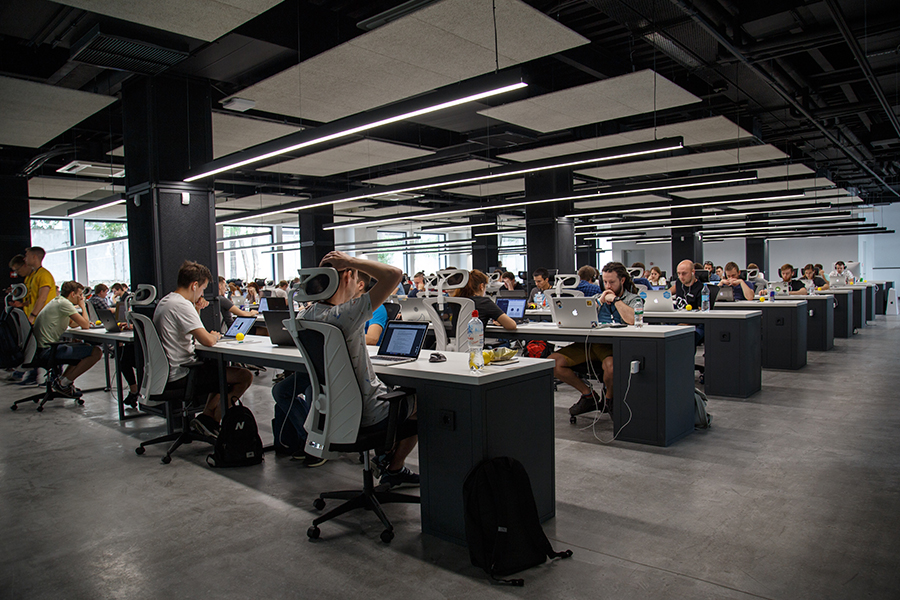"Blockchain makes it possible for a data asset to exist in the digital world just like a physical object does in the real world."
Vincenzo Peruggia was born on 8 October, 1881. Some thirty years later on a Monday morning in 1911, the diminutive 160-cm Italian man strapped on a white smock—to blend in with the other employees at the Louvre in Paris—and walked out carrying the Mona Lisa. He simply lifted it off the wall. For the next two years Leonardo Da Vinci’s iconic masterpiece lay stuffed in a trunk in the thief’s Paris apartment. Vincenzo eventually grew anxious and returned to Florence in his beloved homeland where he contacted an art dealer and attempted to peddle the famous painting. The police arrested him in his hotel room.
What makes this story fascinating is not that it was so shockingly easy to walk away with a world renowned Renaissance-era treasure, but that Vincenzo’s crime was doomed from the very beginning. Everyone in the art world knew the origins of the Mona Lisa, the value of the Mona Lisa and the journey of the Mona Lisa to her home in the Louvre. The painting’s entire provenance was well documented and agreed upon. Introducing the stolen masterpiece back into the art world without setting off alarms everywhere was impossible. Blockchain technology offers that same level of transparency and authenticity for everything from a Persian tapestry and a toro sushi roll to a refinanced mortgage loan, or even a single lemon. Here’s how:
Mutually Agreed Upon Single Source of Truth
The first step to documenting data on a blockchain requires operational processes that focus on first-time accuracy. From the initial step, all parties involved in a transaction must confirm the identity, value and controlling stipulations that regulate the blockchain asset. In our story featuring Vincenzo Peruggia, for instance: This is Da Vinci’s painting, the Mona Lisa. She hangs on this particular wall in the Louvre. She is worth $800 million. No, she is not for sale. The value and circumstances have been established. If anyone attempts to steal or tamper with the Mona Lisa, the involved parties—the world, in this case—will notice.
With blockchain, once the mutually agreed upon initial information is captured accurately, it becomes the single source of truth. It never needs to be verified. Once the integrity of the data related to the information asset has been established, blockchain technology prevents any nefarious actors from being able to manipulate it because everyone in the blockchain is looking at the same information, at the same time, from their respective computers, distributed throughout the world. Everyone is privy to the original confirmed and verified asset and what happens to that data moving forward. Attempting to exploit or plunder that digital asset would be like trying to steal the Mona Lisa from countless, well-protected Louvres all over the world.
Intermediaries Are Not Needed
Blockchain technology eliminates the need for an intermediary, or middle man. Intermediaries are commonly tasked with providing integrity to transactional processes involving parties that are not familiar with each other. Banks serve as intermediaries for financial transactions between individuals and businesses. Real estate agents act as intermediaries to navigate the paperwork of real estate sales. Even illegal intermediaries, such as illicit music downloading platforms, steal significant amounts of royalties from musicians who have their songs stolen or plagiarized online. Blockchain can eliminate the necessity and impact of all of these types of intermediaries.
Take Eriko Matsuyama, a hypothetical 23-year-old art student at Tohoku University in Japan, who is attending a study abroad program in Paris. Eriko, a talented painter, spends every morning camped in front of the Mona Lisa composing elaborate watercolors, each offering a unique interpretation of Da Vinci’s muse. She even has an online store where she sells her original paintings to her fans around the world. Through blockchain technology Eriko is able to authenticate the time, date and development of each original painting, and send both the original watercolor and an exclusive digital copy to her purchasers. Should the purchaser decide to sell either the original print or the digital copy, the blockchain can serve as proof of authenticity. Perhaps, 30 years in the future, Eriko has become a famous artist whose work commands millions of dollars. Those same watercolors, and their digital copies, will hold more value because the blockchain guarantees their origin and authenticity throughout the years, regardless of how many times they’ve been bought or sold…without ever needing an intermediary to verify authenticity or assist in the process.
Data Becomes Like a Physical Object
The Mona Lisa is, of course, a physical object. So are Eriko’s original watercolors, which she signs by hand; but the digital copies of her paintings are digital assets. Today, digital assets can be anything from an individual’s health records to the deed for a parcel of land. Blockchain makes it possible for a data asset to exist in the digital world just like a physical object does in the real world. The data asset can exist as just one usable copy of a data file. With a blockchain there is always only one usable and protected copy—just like the unique digital rendering of an original Eriko Matsuyama painting. It can be bought and sold, but never manipulated, illegally copied or misappropriated. In the span of 30 years, the digital copy of an Eriko Matsuyama watercolor migh be bought and sold a dozen times to individuals or businesses who may want it to print it for everything from T-shirts to wallpaper. But only one digital copy will ever, and always, exist.
Supply and demand determines the price of any product or service. If the quantity of a digital asset is limited, then that asset is considered scarce—and supply and demand dynamics come into play, just as in the physical world. This desirability by the market creates quantifiable value that can be applied to everything from an individual asset to a cryptocurrency.
Technology is constantly driving the world forward. In the future, the digital realm will be characterized by a matrix of digital trade routes of all sizes—each protected by the blockchain, free of piracy and disinformation. If blockchain and modern technologies had been around in 1911, the Mona Lisa would have been reclaimed in less than two hours, instead of two years. Today, the iconic face of the Rennaisance has even more reasons to smile.
To learn more about blockchain read Mercer Digital’s Blockchain 101 Overview.










